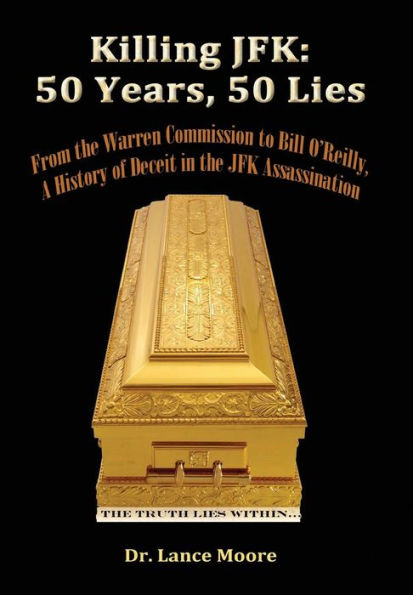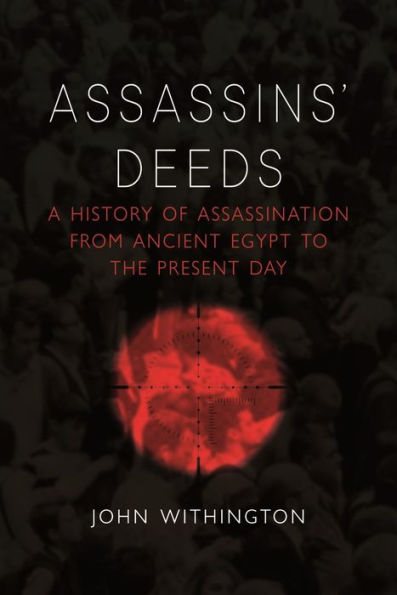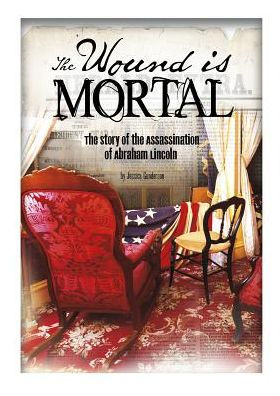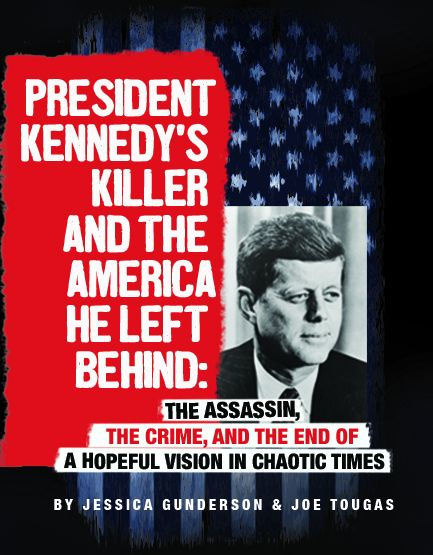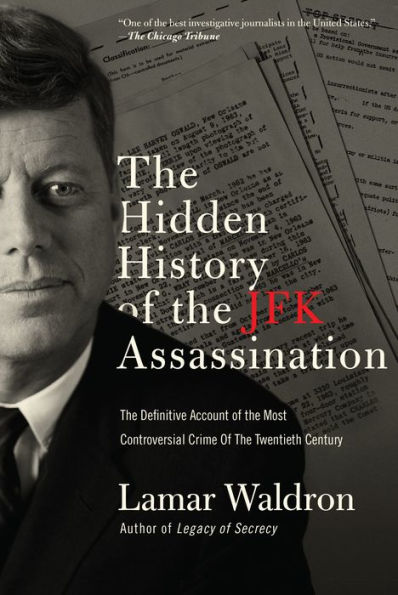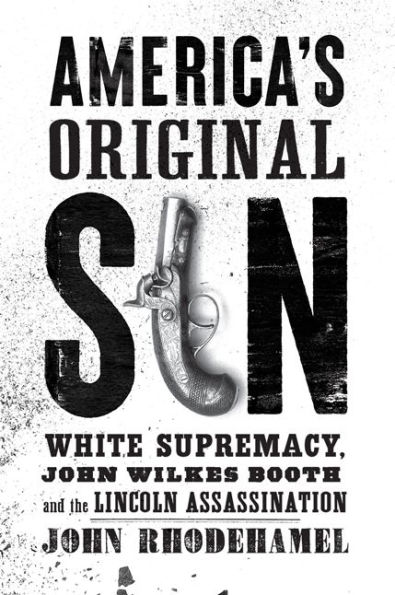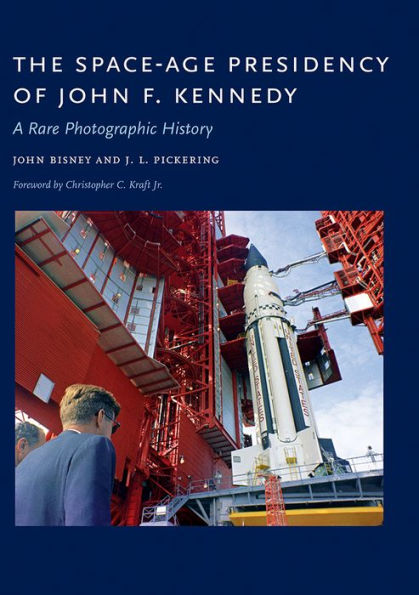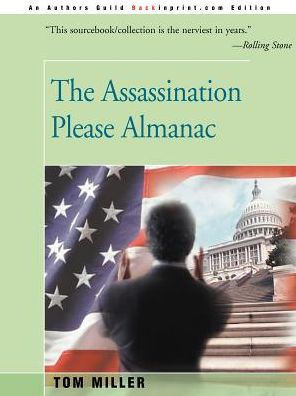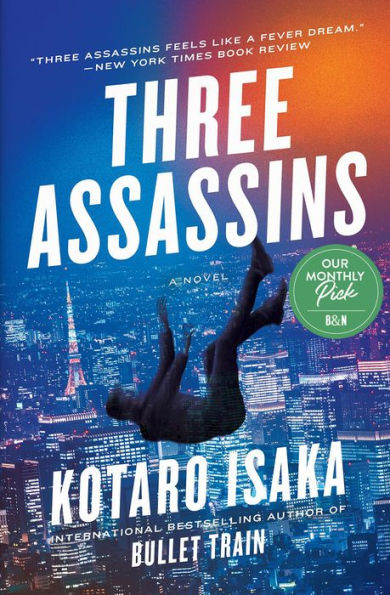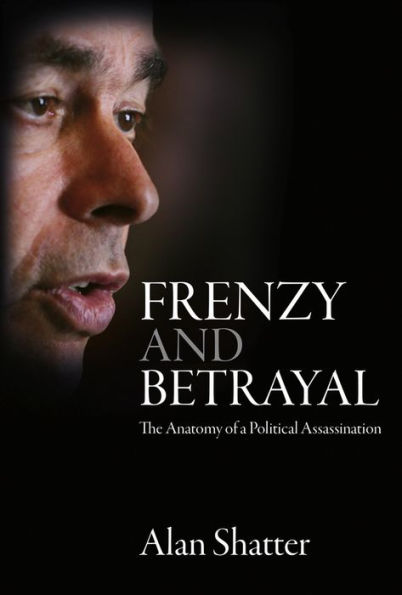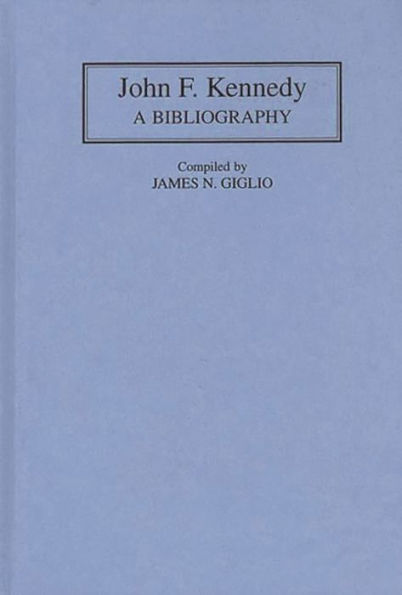Home
Presidential Assassinations: The History of the Killing of Abraham Lincoln, James Garfield, William McKinley, and John F. Kennedy
Barnes and Noble
Presidential Assassinations: The History of the Killing of Abraham Lincoln, James Garfield, William McKinley, and John F. Kennedy
Current price: $13.24
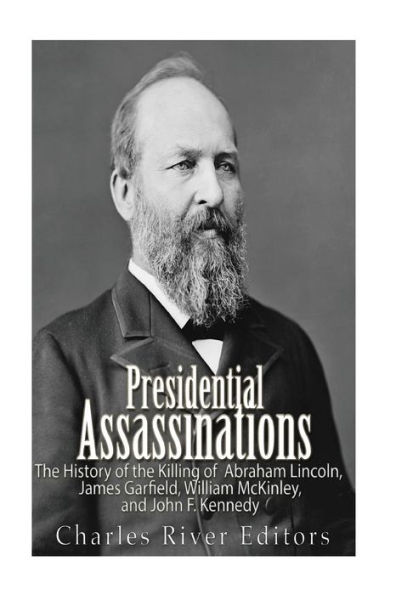

Barnes and Noble
Presidential Assassinations: The History of the Killing of Abraham Lincoln, James Garfield, William McKinley, and John F. Kennedy
Current price: $13.24
Size: OS
Loading Inventory...
*Product information may vary - to confirm product availability, pricing, shipping and return information please contact Barnes and Noble
*Includes pictures *Includes online resources and a bibliography for further reading Until April 14, 1865, John Wilkes Booth was one of the most famous actors of his time, and President Abraham Lincoln had even watched him perform. But his most significant performance at a theater did not take place on the stage. That night, Booth became one of history's most infamous assassins when he assassinated President Lincoln at Ford's Theatre in Washington, D.C. Booth was a member of the prominent 19th century Booth theatrical family from Maryland and, by the 1860s, was a well-known actor. But he was also a Confederate sympathizer who dabbled in espionage, and he was increasingly outraged at the Lincoln Administration. Although Robert E. Lee's Army of Northern Virginia had surrendered days earlier, Booth believed the war was not yet over because Confederate General Joseph E. Johnston's army was still fighting the Union Army, so he and his group of conspirators plotted to kill Lincoln and other top officials in a bid to decapitate the federal government and help the South. In 1880, Civil War veteran James Garfield was running as a Republican for president, and one of his supporters was a man named Charles Guiteau, who wrote and circulated a speech called "Garfield vs. Hancock" that aimed to rally support for the Republican candidate. Though few knew it, Guiteau's family had already deemed him insane and attempted to keep him committed in an asylum, only to have him manage an escape from confinement. Garfield went on to narrowly edge Winfield Scott Hancock in the election, and Guiteau, harboring delusions of grandeur, believed he had helped tip the scales in Garfield's favor. As such, he believed that he was entitled to a post in Garfield's nascent administration. When he felt like he was slighted by the new administration, Guiteau bought a revolver and plotted to kill the president. He got his chance on July 2, 1881 at a railroad station, shooting Garfield in the back twice. In September 1901, the city of Buffalo was full of celebration. The Pan-American Exposition was ongoing, and it brought notable figures to northern New York, including President William McKinley, who had been reelected less than a year earlier. But also in Buffalo was Leon Czolgosz, a young man who had turned to anarchy years earlier after losing his job, Embracing his philosophy wholeheartedly, Czolgosz believed it was his mission to take down a powerful leader he considered oppressive, and McKinley's attendance gave him the chance. President James Garfield had been assassinated just 20 years earlier, but McKinley didn't worry about presidential security or his own safety, and that was the case in Buffalo. McKinley's insistence on greeting the public and shaking hands allowed Czolgosz to walk up to him on September 6, 1901 at a public reception in the Temple of Music on the expo grounds and shoot him point blank. November 22, 1963 started as a typical Friday, and many Americans were unaware that President Kennedy was even heading to Dallas, Texas. John and Jackie arrived in Dallas in the morning, with Texas Governor John Connally alongside them and Vice President Lyndon B. Johnson due to arrive later to meet them there. The Kennedys and the Connallys intended to participate in public events later in the day, and Jackie and John were welcomely surprised by the warm reception they received. A public parade was hosted for the President and First Lady that afternoon, and the First Couple rode with the Connallys in an open motorcade en route to a speech Kennedy would deliver later. As they waved to the people lining the streets, around 12:30 p.m. Central Standard Time, Governor Connally's wife turned around to the first couple and said, "Mr. President, you can't say Dallas doesn't love you." Moments later, the most controversial assassination in American history took place as a series of shots were fired at the motorcade.
